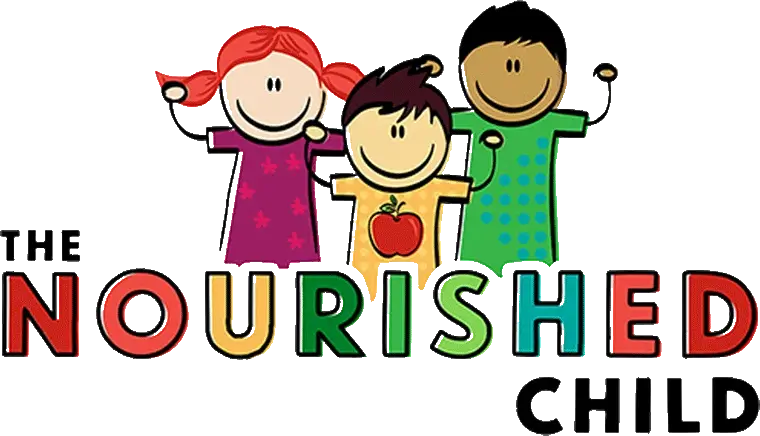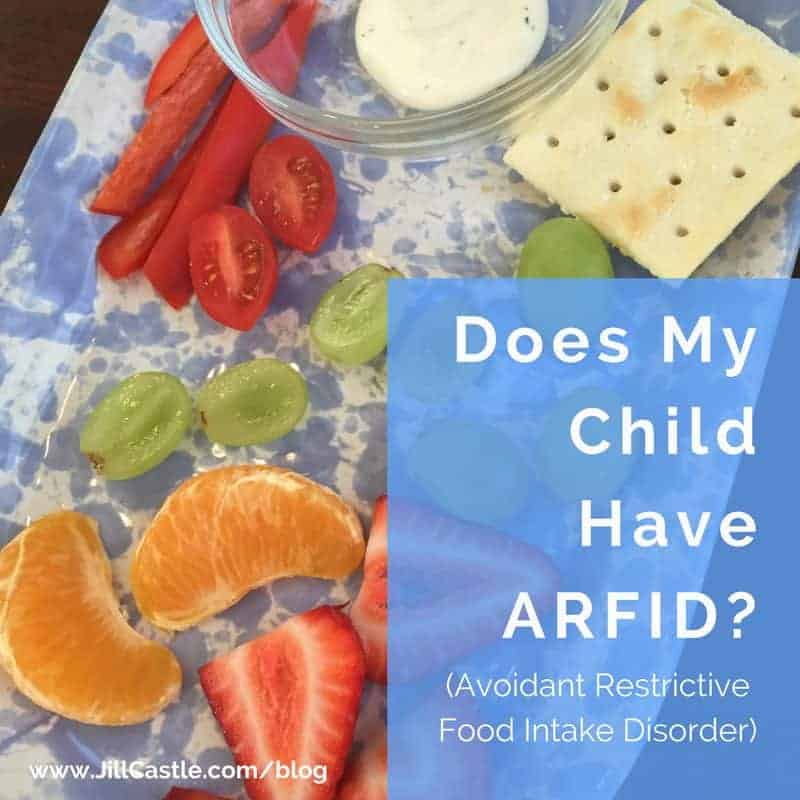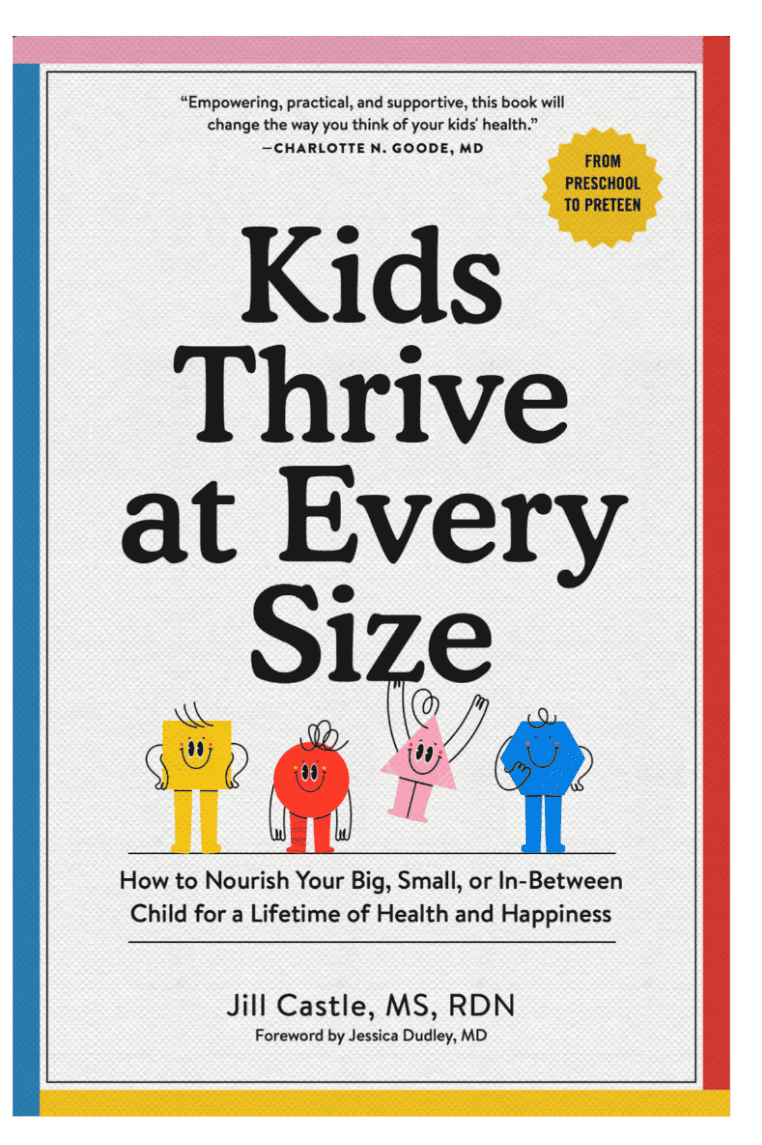How to Help the Child with ADHD Who Needs to Gain Weight
March 30, 2025
Help! My child with ADHD needs to gain weight! Children with ADHD often struggle with their appetite and weight. Here’s what you can do about it.
Kids with Attention Deficit Hyperactivity Disorder (ADHD) often experience loss of appetite due to the use of medications in the treatment of the symptoms of ADHD. Many families worry their child is not eating well and losing weight.
As a pediatric dietitian, I’ve cared for kids with ADHD. One of the common concerns is the use of ADHD medication and how it may cause irregular eating patterns leading to weight loss. It’s one thing for your child to lose his appetite, but a more serious issue when this is accompanied by weight loss or an underweight status.
In this article, you will learn:
- Why children with ADHD experience a loss of appetite
- How to increase appetite in children with ADHD when needed
- How to help your ADHD child gain weight using a balanced diet to promote healthy weight gain
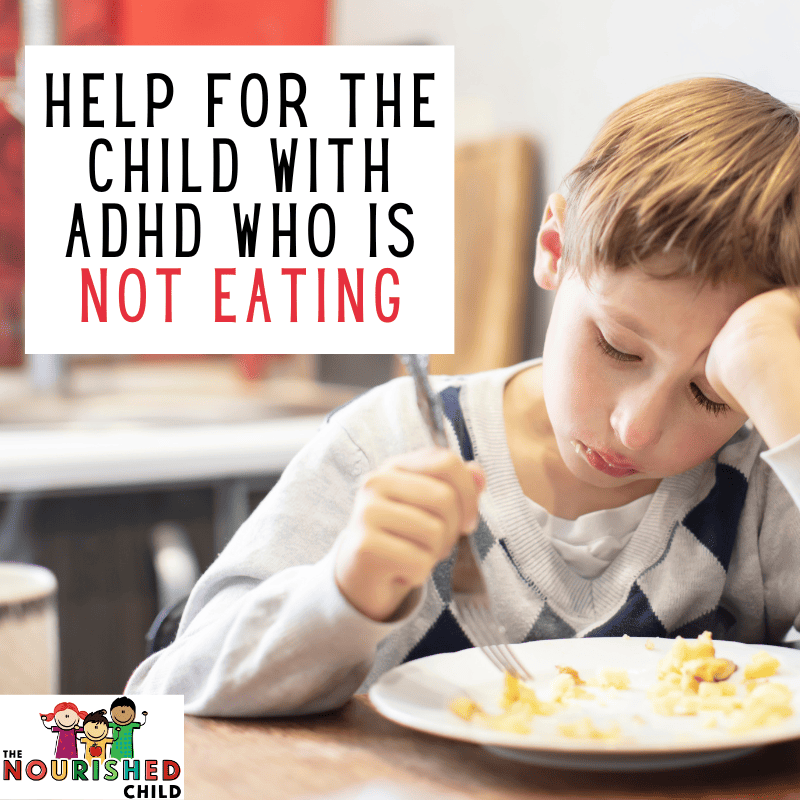
ADHD and Sensory Issues
Some children with ADHD also have sensory issues or food sensitivities and this can compromise their eating. They may be a picky eater, preferring to eat only their favorite food. Or, they may appear to have picky eating on the outside, but the characteristics of food, such as smell and texture, can send their sensory systems into overdrive.
The willingness to try new foods may be low and this can lead to unhealthy foods in the diet, and compromise the overall balance of the diet. If your child is picky and it’s interfering with getting enough calories, weight and overall growth, you may need to engage feeding therapy.
Check out my course Nutrition for the Extremely Picky Eater or my parent guide on extreme picky eating and how you can find more help.
Does ADHD Medication Cause Weight Loss?
When children receive ADHD treatment, they often start on medications to reduce their impulsivity and improve attention during their time in school.
While there are myriad medication options for ADHD, some carry the common side effect of stimulant medications, including reduced appetite, abdominal pain, and/or headaches.
Some studies suggest that up to 30% of children experience reduced appetite on methylphenidate products (Concerta, Ritalin, Focalin, etc) and amphetamine products (Adderall, Vyvanse, etc). Fifteen percent of children on atomoxetine (Strattera, Intuniv) experience low or no appetite.
Other research suggests up to 60% of children on medications experience loss of appetite, while 40% report abdominal pain, and 20% complain of headaches.
Use of medication can cause any of these symptoms and can lead to poor appetite, inadequate eating, nutritional deficiencies, and weight loss.
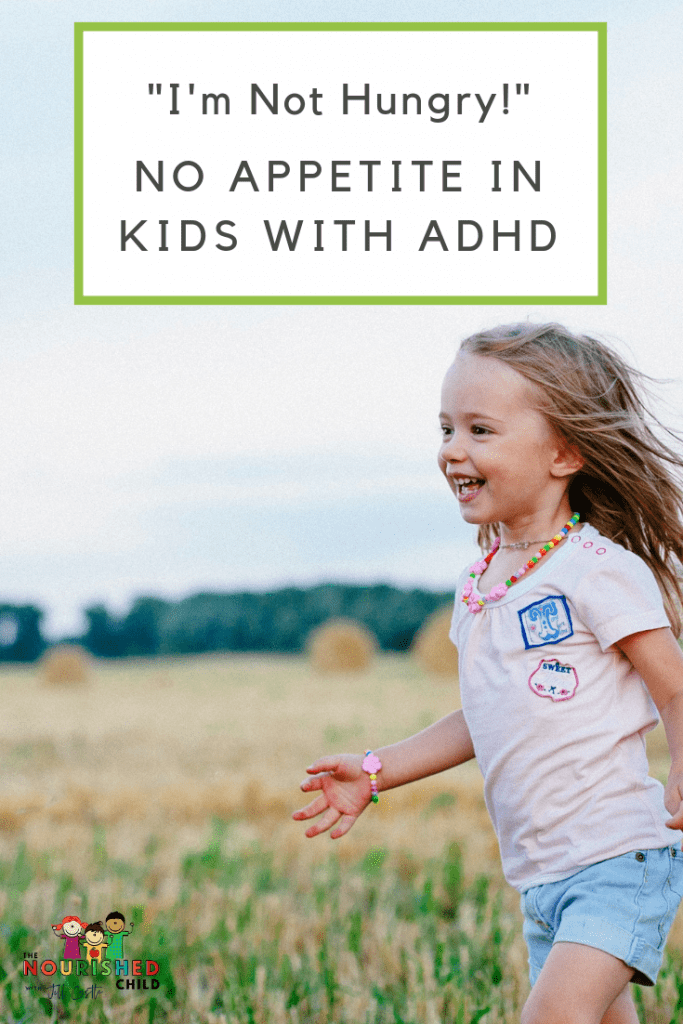
How to Help a Child’s Weight on ADHD Medication
If your child could benefit from weight gain, the first thing to think about are ways to increase your child’s caloric intake. Why? Because getting kids to an optimal weight helps them grow well, and function.
Improve Eating Habits with Regular Meals and Snacks
One of the ways to do this is to improve the irregular eating patterns that children with ADHD often have. In other words, get on a schedule for feeding meals and snacks and promote regular meals.
- Set three regular meal times and schedule healthy snacks two or three times a day. Schedule these about every 2 to 3 hours for the toddler/preschooler, and every 3 to 4 hours for the school-age child.
One of the benefits of meal planning and including a routine for meals and snacks is that you are training your child’s appetite to experience the sensations of fullness and hunger cues. When children eat, their bellies fill up. After 3 or 4 hours, the digestive system has cleared the way for more food, and the hormones tell the brain “I’m hungry!” As a result, your child feels hunger.
When your child has a low appetite and isn’t eating, not only is the recognition of hunger dulled, but they may miss out on the opportunity to build an appetite and learn how to regulate their eating. This may lead to eating quick energy foods, other foods of poor nutritional quality, and have poor impulse control when too hungry.
Getting your child to the table, whether they eat or not, is a primary goal. It establishes a rhythm and routine for the day and for food.
Offer a Variety of Food to Improve Brain Function
Brain function relies on nutrients. When a child doesn’t eat for hours, it can cause reduced attention, lack of focus, fidgeting, mood swings, and emotional outbursts.
Nutrition alone can make a big difference in how your child functions during the day. Your child’s diet should include mostly nutritious foods, as they provide essential nutrients that help the brain function optimally. Not only do nutritious meals offer a variety of important nutrients for the brain, such as iron, zinc, vitamin B12, choline, and omega-3 DHA, they also support energy levels and executive function, including focus and impulse control.
- For snacks, focus on high protein foods and other food groups
- Try to offer meals that contain protein, whole grains, fruit, vegetables and dairy (or a fortified non-dairy alternative)

Grab the FREE Guide!
Favorite Weight Gain Foods for Children with ADHD
Add these foods to your child’s eating plan to increase calories:
- Eggs
- Beans, especially in dips (hummus), soups (black bean or chili) or mixed into dishes (pasta, rice)
- Peanut butter and other nut butters
- Nuts (offer age-appropriately as these can be a choking hazard for young children)
- Chicken drumsticks and thighs (with skin)
- Hamburger
- Turkey (dark meat from thighs or legs)
- Deli meats
- Cheese (slices, sticks, cubes, shredded, etc)
- Milk (whole or 2%)
- Full fat yogurt
- Cottage Cheese
- Banana
- Mango
- Canned fruit
- Dried fruit
- Potato
- Sweet potato
- Avocado
- Edamame
- Black olives (and others)
- Corn
- Peas
- Filled pastas such as tortellini, ravioli and gnocchi
- Fruited bread like raisin bread
- Muffins
- Bagels
- Granola (bars, bites, etc)
- Some ready-to-eat cereals (with clusters or dried fruit)
- Butter
- Plant oils such as olive and vegetable
- Mayonnaise
- Sour cream
- Cream cheese
- Guacamole
- Hummus
- Tapenade (olive dip)
- Salad dressing
- Jelly and jams
- Protein bars
- Fruit juices
Take care to watch for excessive artificial food colors in the foods you feed your child with ADHD, as these may disrupt behavior in some children.
Tips for Adding More Calories to Foods
If your child has a low body mass index (BMI), has been stalling on the growth chart, or losing weight, you’ll want to boost calories in the foods your child already likes and eats..
Try These Tips:
- Add butter or healthy fats to vegetables, pasta, rice, and breads in generous amounts.
- Substitute whole milk, half and half, or cream in recipes calling for water or milk.
- Double dress pasta by draining first, adding olive oil to coat, then add sauce, butter, or cheese.
- Use fruit dips or whole milk yogurts as a high calorie dip for fresh fruits.
- Go “full fat” whenever you can.
You can find more calorie-boosting suggestions in my article about helping toddlers gain weight. Be careful to avoid relying on sugary foods for extra calories. These won’t offer the nutrients your child needs.
ADHD Food Fixation
Some kids may be fixated or appear to be obsessed with food. They may be dopamine seekers. Dopamine is a feel good chemical in the brain, and sweet foods and other sources of simple carbohydrates may trigger a dopamine release. As such, kids with ADHD may hyper-fixate on sweets and treats, binge (consume large amounts of food), and overeat them.

Learn what it takes to nourish and nurture the child with ADHD.
Resources
- The ADHD Diet for Kids is a program for parents of children with ADHD. Learn how to choose the right foods, the ideal balance of nutrition, and fill in the nutrient gaps. Master positive feeding including structure, boundaries, and choice, while setting your child up for healthy choices down the road.
- Check out my other ADHD resources for families.
- Check in with your healthcare provider if you need more help; check my private practice offerings.
- My book, Kids Thrive at Every Size: How to Nourish Your Big, Small, or In-Between Child for a Lifetime of Health and Happiness, will help you set up the essential lifestyle habits every child needs.

Jill Castle, MS, RD
I like empowering parents to help their children and teens thrive at every size with realistic advice centered on healthful habits around food, feeding, nutrition and health behaviors. As a pediatric dietitian and author, my goal is to share strategies and realistic advice to help you raise a healthy and happy child through my articles and podcast.
